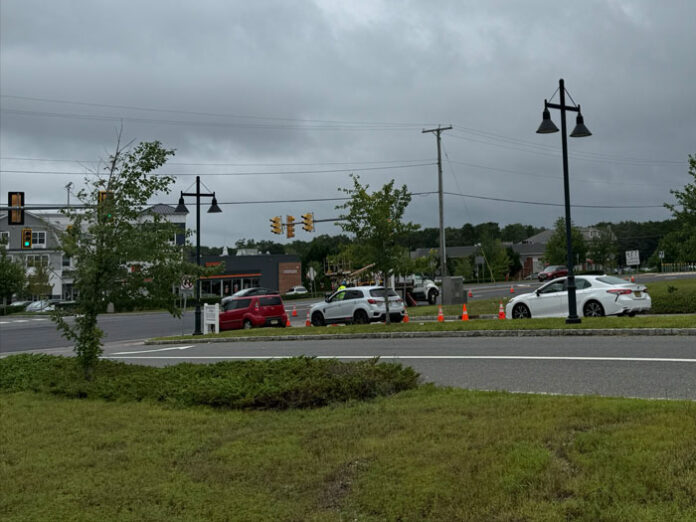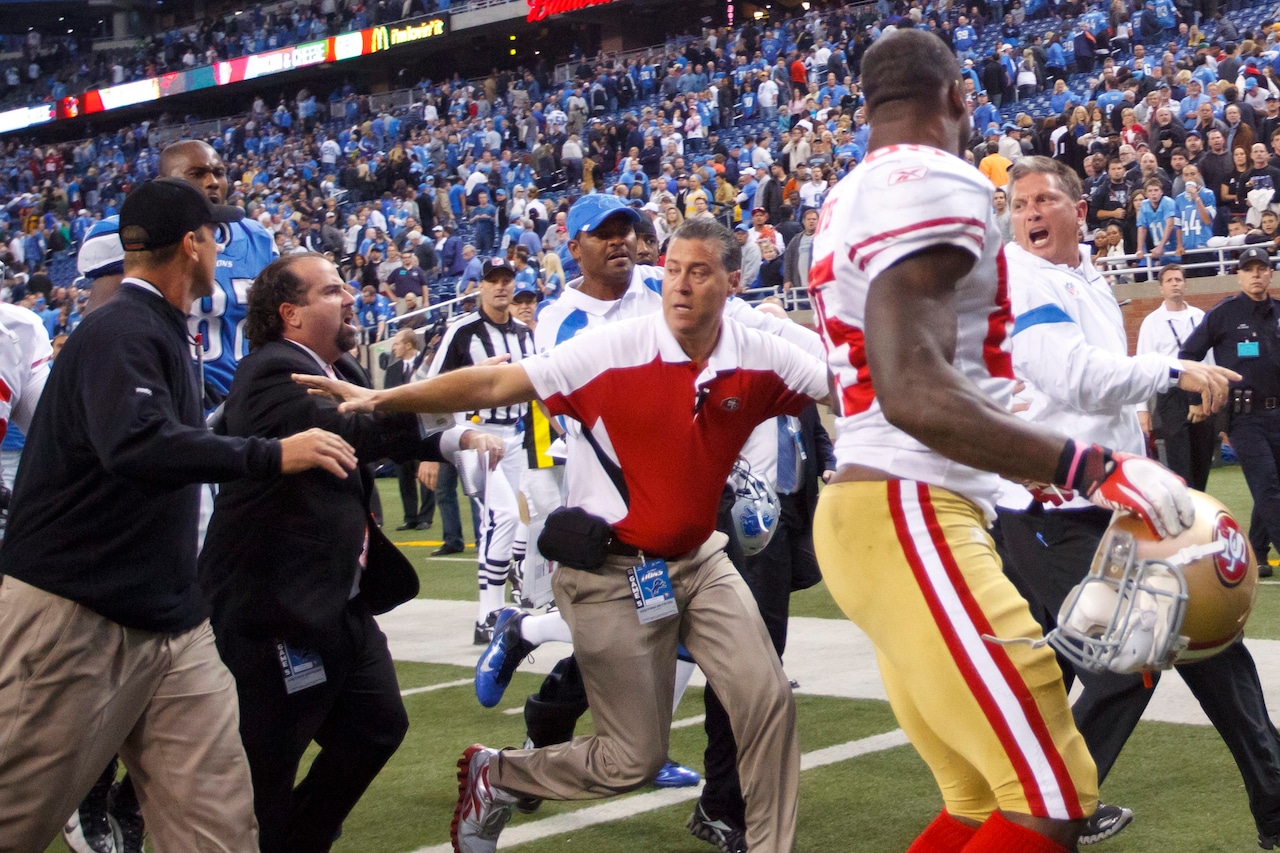TOMS RIVER – Facing a decline in state aid and an inability to close a hole in the budget, the district declared bankruptcy but will still continue educating the students.
This is the end result of seven years of state aid cuts due to a law referred to as S-2. It was a cumulative loss of $175 million. Many local districts lost aid and have had to respond by selling property – and in some cases entire schools.
The Board of Education had a special meeting on June 30. This was the final day of the state’s fiscal calendar and the last day that the board could pass the budget.
However, the district still had a $22.3 million hole in the budget that they couldn’t close.
Earlier that afternoon, Superintendent Michael Citta received a message from State Department of Education Assistant Commissioner David Corso saying that if the board fails to approve their budget, they will be prohibited from spending any funds. The district would have to shut down summer school and any programs.
Board attorney William Burns read a resolution into the public record that explained how shrinking state aid crippled the district. The resolution allowed school officials to begin the process to file for bankruptcy protections under Chapter 9 of the Federal Bankruptcy Code.
Board of Education President Ashley Lamb then read a statement about how the district will continue to educate children and run programs throughout the year despite the state’s ultimatum.
“We cannot and will not acquiesce to the State Department of Education’s direction without severely undercutting an educational system that our taxpayers deserve,” she said. “Our district has already endured devastating cuts – we’ve lost over 250 teacher and staff positions and seen class sizes increase to critical levels. Enough is enough.”
“While other districts receive loans and state aid advancements, Toms River has been consistently denied such funding,” she said. “We’ve been forced to sell $20 million in assets just to keep our doors open while providing what we can only describe as survival education to our students. This board has a fiduciary duty to our taxpayers and will not subject them to punitive tax increases caused by the state’s funding failure,” she said.
The short meeting ended without the board passing a budget.
The county superintendent, Susan Naples, is actually a state employee. She sent a letter to the district after the meeting that because the board didn’t pass a budget on their own, she would invoke her right to do so. Thus, the new budget, with a significant tax increase, was passed.
This is similar to last year, where board members declined to pass the budget because the only way to balance it was to raise taxes by 9.3 percent. This decision was taken out of their hands and the state passed the budget and raised the taxes.
The State Department of Education issued a statement on July 3 that the district failed to adopt a budget, in violation of statutes and other regulations.
It placed the blame on the school board and officials: “While it is exceedingly rare for the Department to take such action, Fiscal Year 2025-2026 marks the second consecutive school district budget the Department has been forced to adopt for the Board. This troubling pattern indicates deeper and systemic concerns about the ability of the Board and district administrators to meet their most basic responsibilities. As such, the Department has no choice but to take additional steps to safeguard district students and the school community’s public trust from further risk.”
The district fired back with a statement calling into question why the “politically-driven formula” for aid is not made public, and why certain schools get bailed out while others get punished.
“In Toms River, we’re threatened that unless we pass a budget, we must shirk our most basic responsibilities and not open our doors, and thus ignore our most vulnerable students who need summer and ESL services,” the statement said. “That formula and this entire mess stems from State Bill S-2, a false flag for the greatest wealth redistribution in the history of the state. What S-2 did was take hundreds of millions of dollars from politically-unfavorable areas and funneled it into urban and suburban districts in politically-favored areas.”












